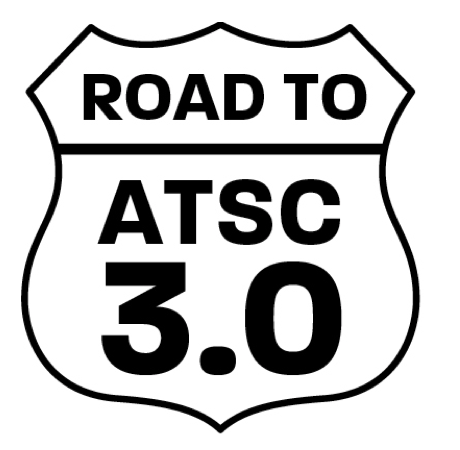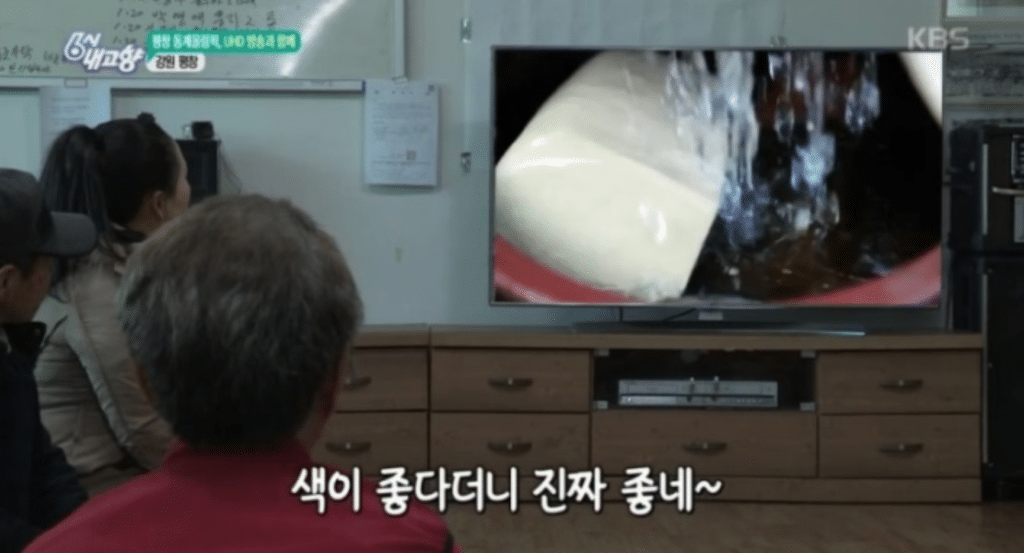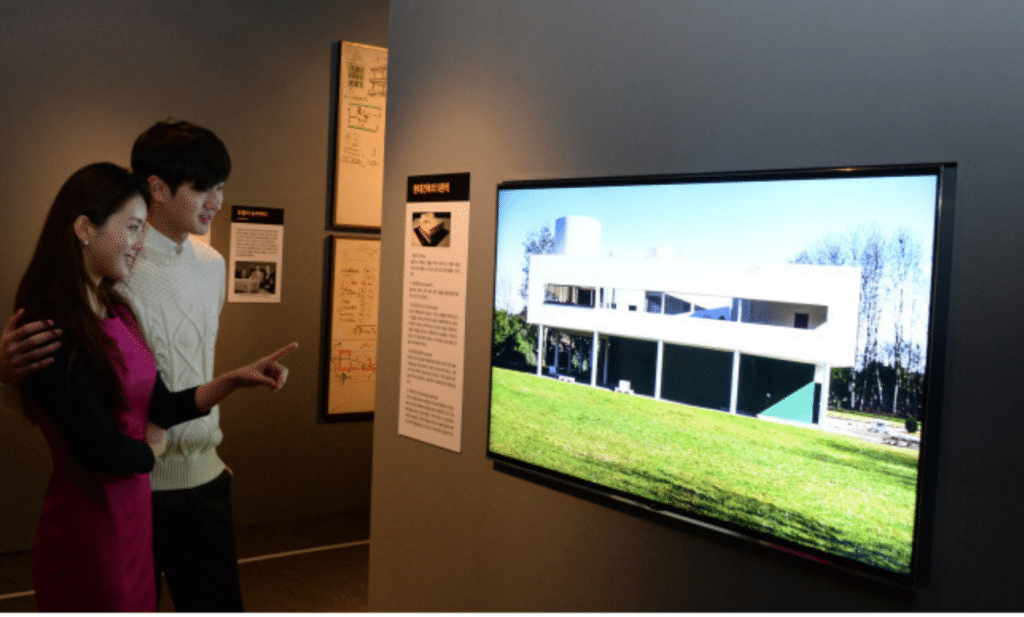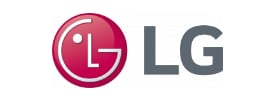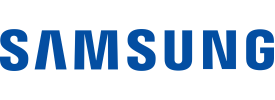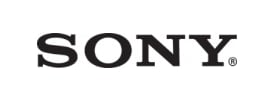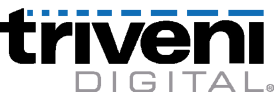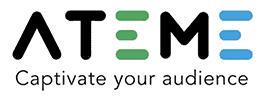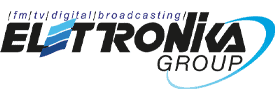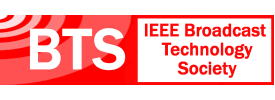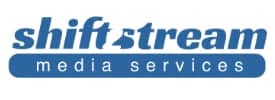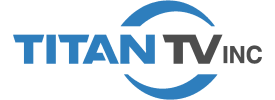- About
- Members
- Sponsors
- Subcommittees
- About Our Subcommittees
- Technology Group 3
- Implementation Team 1 – Advanced Emergency Information
- Implementation Team 2 – India
- Implementation Team 3 – ATSC 3.0 Conformance
- Implementation Team 4 – Brazil
- Implementation Team 5 – Tower Network
- Implementation Team 7 – Caribbean
- Implementation Team 8 – Automotive
- Planning Team 4 – Future Broadcast Ecosystem Technologies
- Planning Team 5 – Automotive Applications
- Planning Team 6 – Global Recognition of ATSC 3.0
- Planning Team 9 – Sustainability
- Technical Documents
- News
- Events
- Spotlight ATSC 3.0
- Contact Us
- Member Login
- Member Meetings
- Advanced Search
Search Site
Member Links
- About
- Members
- Sponsors
- Subcommittees
- About Our Subcommittees
- Technology Group 3
- Implementation Team 1 – Advanced Emergency Information
- Implementation Team 2 – India
- Implementation Team 3 – ATSC 3.0 Conformance
- Implementation Team 4 – Brazil
- Implementation Team 5 – Tower Network
- Implementation Team 7 – Caribbean
- Implementation Team 8 – Automotive
- Planning Team 4 – Future Broadcast Ecosystem Technologies
- Planning Team 5 – Automotive Applications
- Planning Team 6 – Global Recognition of ATSC 3.0
- Planning Team 9 – Sustainability
- Technical Documents
- News
- Events
- Spotlight ATSC 3.0
- Contact Us
- Member Login
- Member Meetings
- Advanced Search
SPOTLIGHT: SOUTH KOREA – Consumers Begin to Embrace Next Gen TV
Posted on September 3, 2018 in ATSC News
South Korea literally paved the Road to ATSC 3.0, adopting its Next Gen TV standard in 2016 and launching 4K UHD ATSC 3.0 broadcasts in May 2017. Momentum continues to build since the landmark UHD broadcasts this year of the Winter Olympics and World Cup – Korean consumers are beginning to embrace Next Gen TV powered by ATSC 3.0.
By JAY JEON, RAPA
Like in the United States most TV viewers in South Korea currently watch broadcast channels through IPTV, Cable, and Satellite services. However, ATSC 3.0 represents huge potential to increase free over-the-air viewership in Korea.
The number of households capable to receive ATSC 3.0 transmission at home – via an antenna with either a new UHD TV with an integrated ATSC 3.0-1.0 tuner or with a set-top box converter – already has reached 5 percent.
And, it’s expected to grow significantly as more and more ATSC 3.0 receivers are purchased by Korean consumers. Already, about 50 percent of TVs sold in Korea are UHD TVs with ATSC 3.0 capability.
Broadcasters are doing their part to help drive adoption by increasing the amount of original 4K content being produced, investing to build more towers and assisting in receiving antenna upgrades for multi-family homes.
Today, more and more South Korean people are excited about watching 4K UHD along with other Next Gen TV services using ATSC 3.0 transmission thanks to increased awareness and promotion efforts. Consumers watching the PyeongChang Olympic Games live in UHD noted that, even with HD, there used to be blurred images when athletes are moving fast, but the UHD cameras captured all details of athletes’ faces even with fast motion.
Korea’s new “TIVIVA” service expands viewer benefits with new interactivity and more personalized services. Because major broadcasters deliver the content on a common ATSC 3.0 interactive platform, people with a new LG ATSC 3.0 UHD TV, for example, can enjoy almost every program available and are highly satisfied with the non-real-time service, one of the main TIVIVA features.
Consumer satisfaction is critical. Broadcasters in Korea see ATSC 3.0 as an opportunity to revitalize over-the-air broadcasting versus competitive pay TV and OTT service providers. One key to long-term success will be the continued growth of ATSC 3 receivers, including converter boxes for legacy 4K TVs.
Jay Jeon is Manager of the Next Gen Broadcast Team at RAPA, Korea’s broadcasting promotion association. Beyond its work in Korea, RAPA is undertaking a number of international promotion projects including partnerships with countries (in Latin America, for instance) to assist in transitioning to digital and ATSC 3.0. Under partnership agreements, RAPA can provide consultation, support test broadcasting systems and help to develop ATSC 3.0 service models and scenarios. RAPA would like to work together with those countries interested converting to ATSC 3.0 for Next Gen TV.
Posted in ATSC News
News Categories
News Archives
Subscribe
Subscribe to The Standard, our monthly newsletter. Learn More
Join ATSC
ATSC is a membership organization with both voting and observer categories. Voting members include corporations, nonprofit organizations, and government entities, and they participate actively in the work of ATSC. Observers are individuals or entities not eligible to be a voting member.
Subscribe to our Newsletter
Subscribe to The Standard, our monthly newsletter, to stay up-to-date with ATSC news and events around the world.
Site Links
Contact Us
Advanced Television Systems Committee, Inc.
1300 I Street NW, Suite 400E
Washington, DC 20005
Do you have questions about ATSC?
About ATSC
The Advanced Television Systems Committee, Inc., is an international, non-profit organization developing voluntary standards and recommended practices for digital terrestrial broadcasting. ATSC member organizations represent the broadcast, broadcast equipment, motion picture, consumer electronics, computer, cable, satellite, and semiconductor industries. ATSC also develops digital terrestrial broadcasting implementation strategies and supports educational activities on ATSC standards.
© 2024 ATSC

